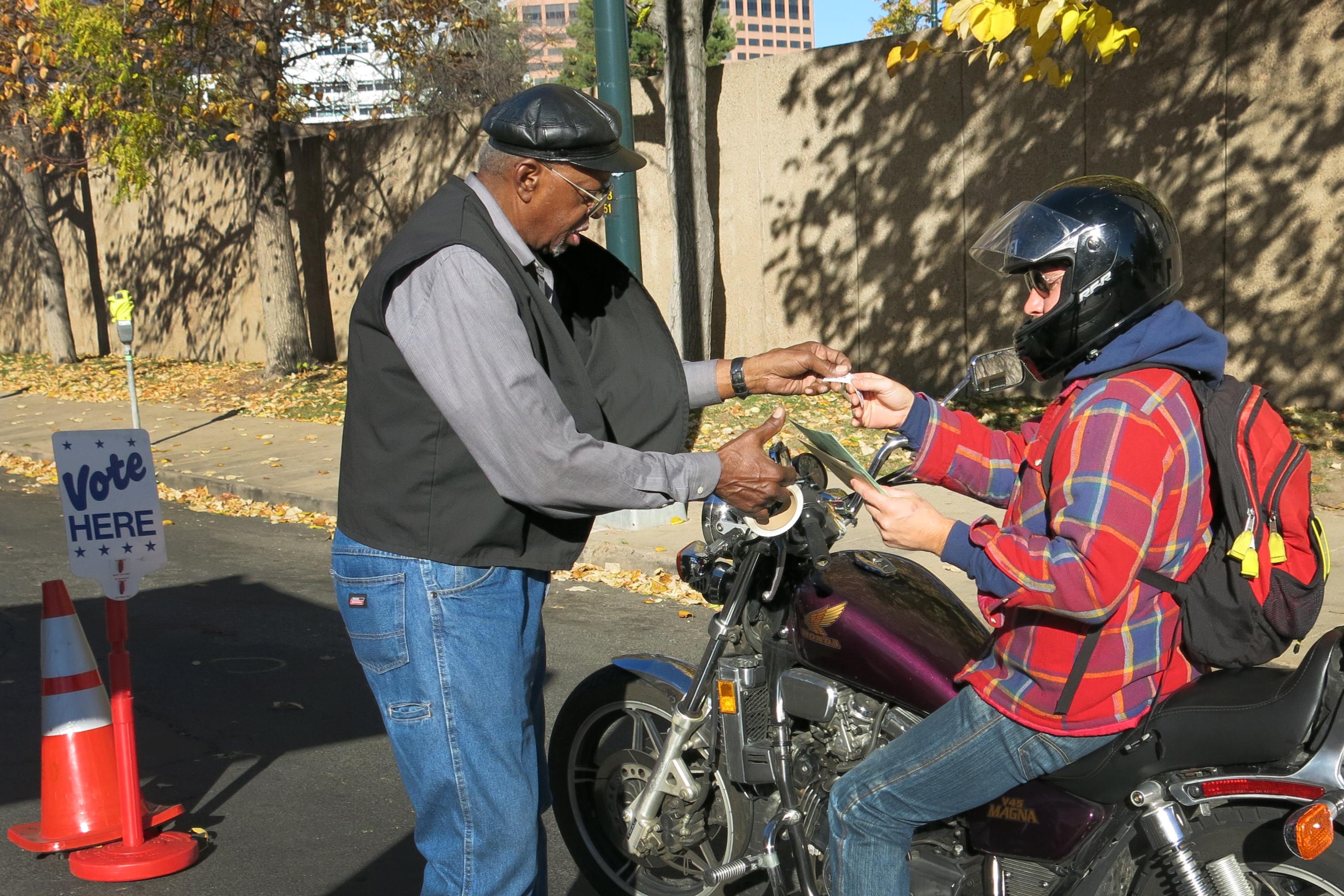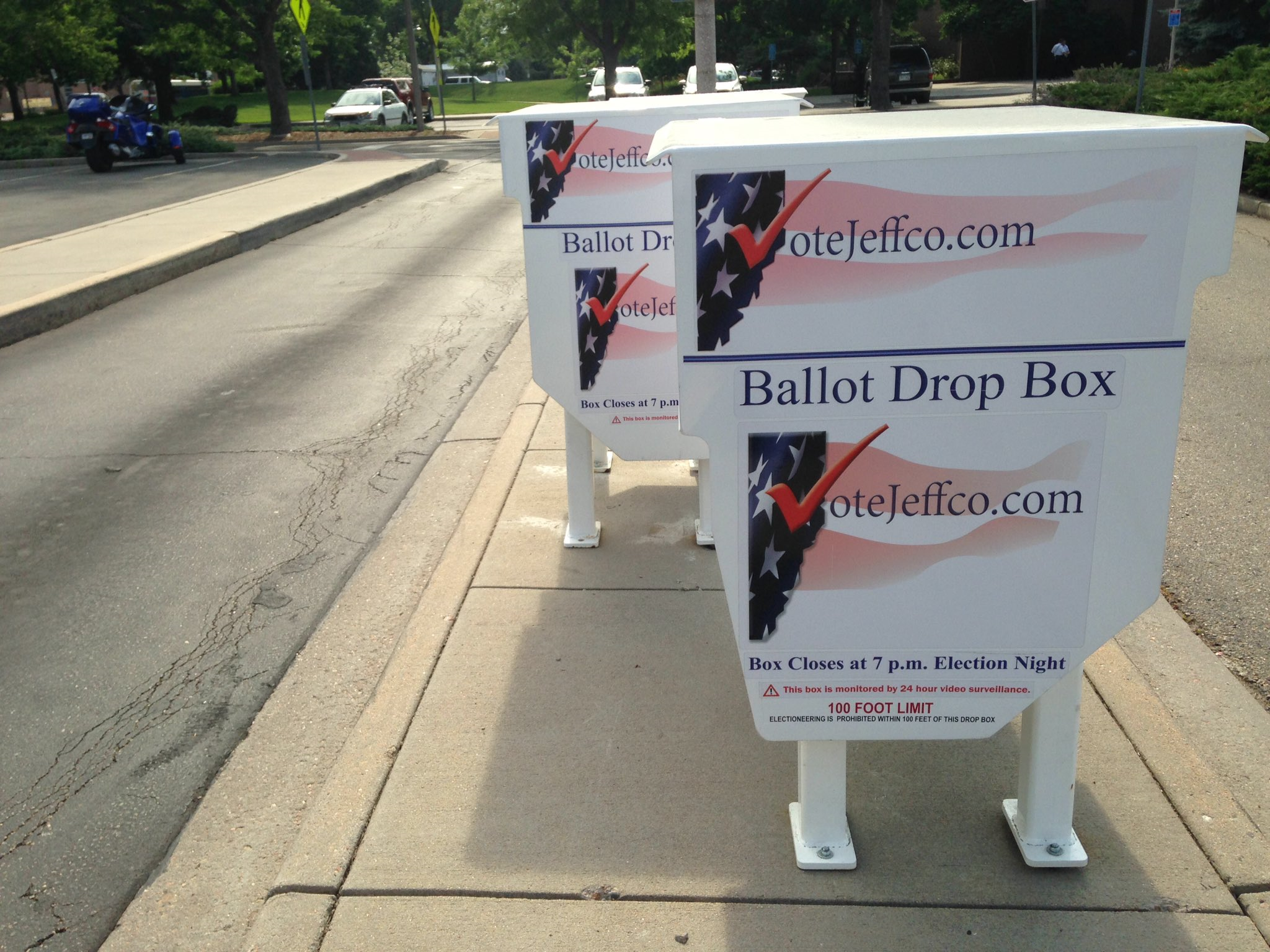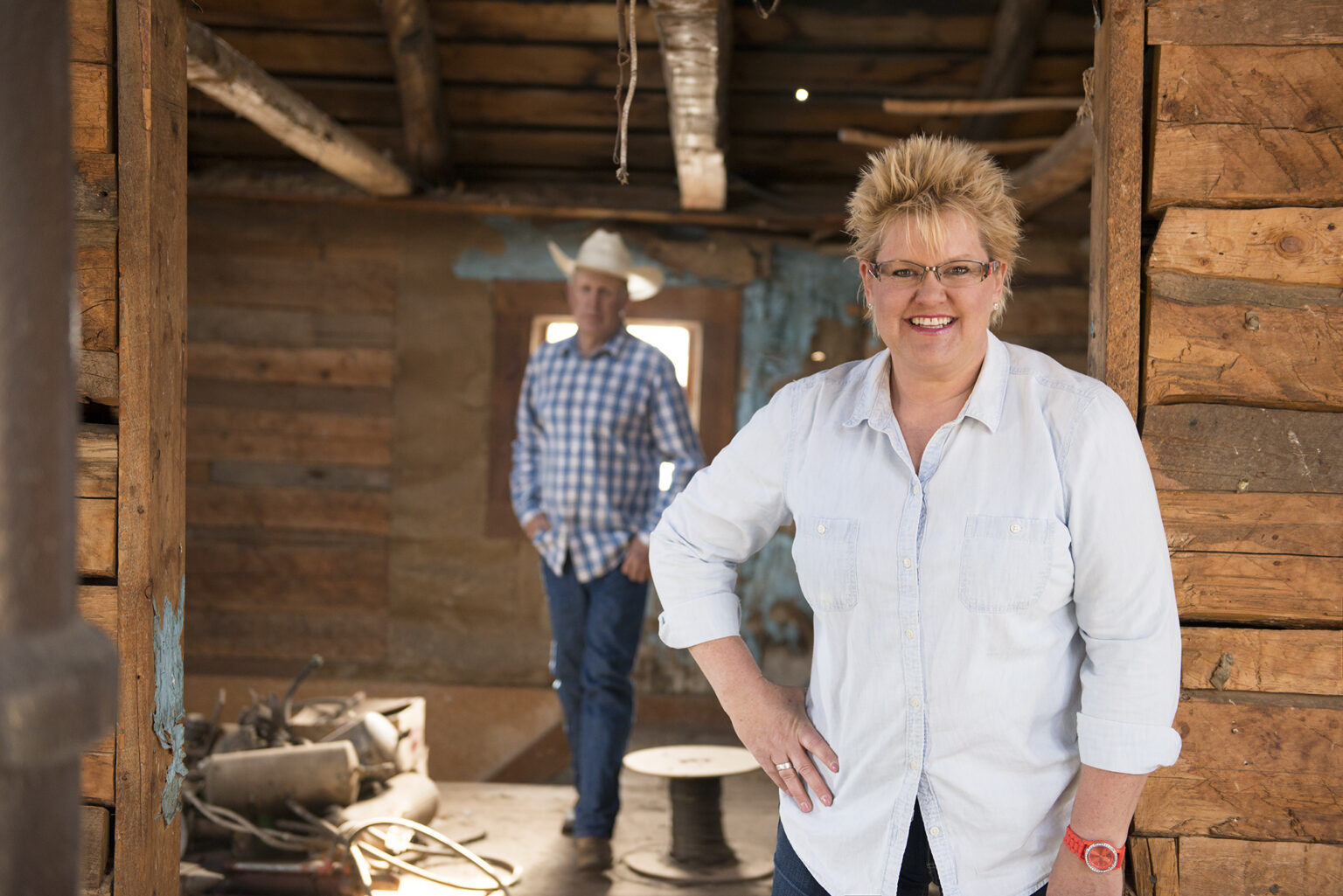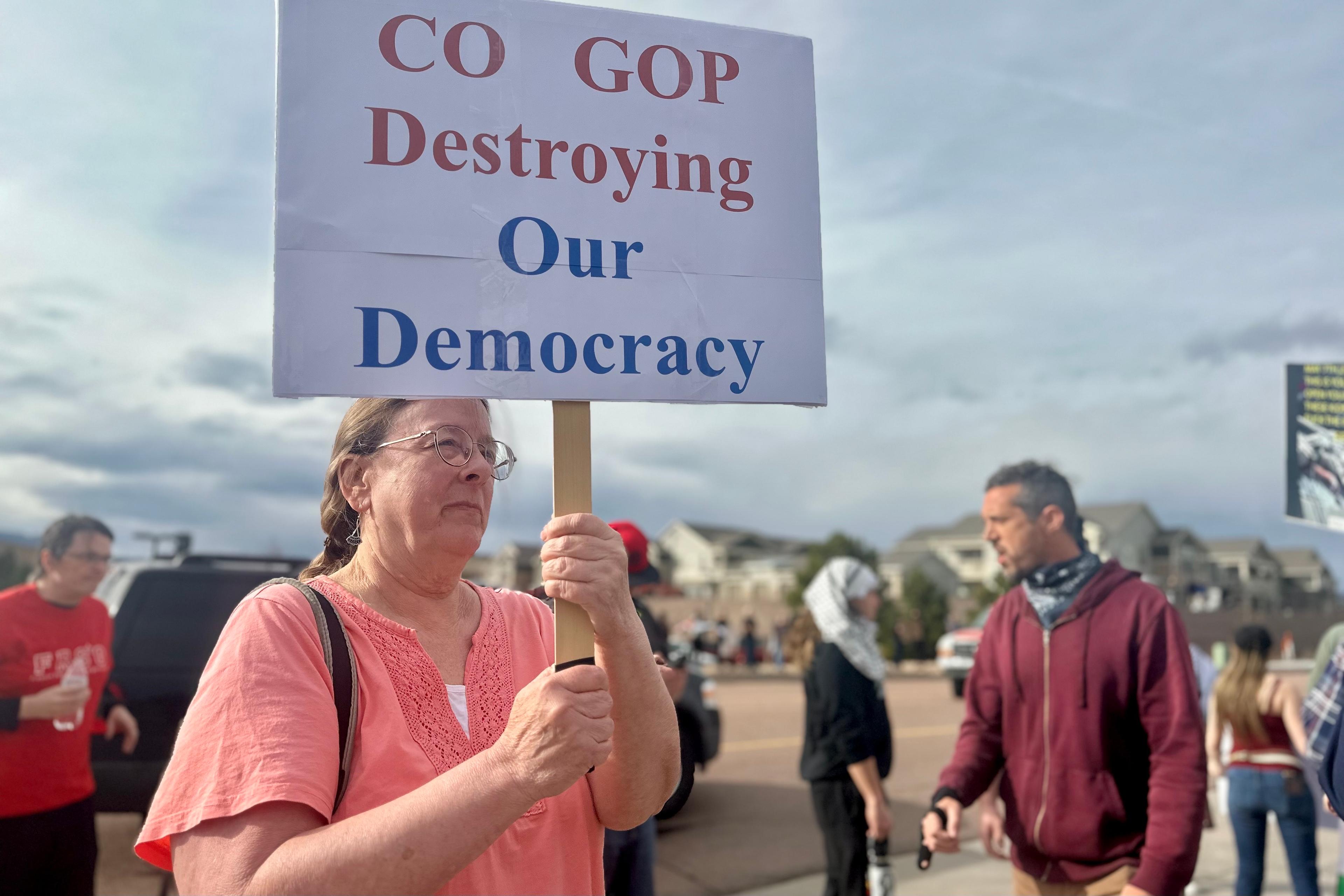
From voter registration and turnout to the nitty-gritty of election operations, this state is racking up national kudos.
Election years generally bring about a rash of concerns about our election system: Is it open enough? Is it secure enough? Is it running smoothly enough? When it comes to those questions, Coloradans should feel some pride. In national rankings, the state tends to be close to the top for performance and participation.
The Pew Charitable Trusts scored Colorado sixth in its recently released Election Performance Index, which evaluates states' 2014 election performance based on 17 criteria. Two of those measures inherently punish all-mail ballot states. Remove them and Colorado was tops in the nation for its election two years ago.
“Colorado administratively does just about everything right,” says Charles Stewart, the MIT political science professor who spearheads the index. “If you are a voter in Colorado, it is much easier for you to vote, and it’s much more likely that your vote is going to be counted.”
It’s not just Pew saying that; the Brennan Center for Justice and the voter engagement organization Nonprofit VOTE also give Colorado high marks for its performance in recent elections.
The Swing State Advantage
In the 2014 midterm election, 86 percent of eligible Coloradans were registered to vote, the highest rate in the nation. And the state was third for turnout, with 54 percent of eligible adults casting ballots.

Those numbers may have less to do with how Colorado runs its elections than how close its election results tend to be.
“By being a battleground state, both in national elections and in state elections," Stewart says. "It means that the parties and the candidates have an incentive to work really hard to turn out voters."
In addition to all the get-out-the-vote efforts used to make sure Coloradans are registered and voting, voters themselves are often more inclined to make the effort when the results are likely to be close.
Voter-Centric Mindset
While the state’s swingy status may be biggest factor in its high registration and turnout numbers, national groups credit Colorado policymakers with doing a lot to make that process as easy as possible.
When it comes to registering and voting, eligible Coloradans have options that are unheard of in many other states.
Federal law requires ever state to offer so-called "motor voter" registration, and the vast majority of registered voters in Colorado do sign up through the Department of Motor Vehicles. But for those who don’t, the state offers online registration, something that’s unavailable in 39 states.
To bypass the Secretary of State’s clunky official web address, staff set up a more user-friendly page: www.govotecolorado.com. It’s a one-stop shop for people to check and update their information. And if that URL is too hard to remember, would-be voters can text the word ‘Colorado’ or ‘CO’ to 2vote to get a link to the mobile version of the page.
“We’ve really led with a voter-centric approach” to elections, says Pam Anderson, head of the Colorado Association of County Clerks. “What does the voter prefer and how do we do it safely and securely?”

That mindset extends from voter registration to the voting experience itself. In 2013 Colorado passed a sweeping bill that moved the state to an "all of the above" approach. Every voter now gets a mail ballot, which they can return by mail, at a drop box, or at a county vote center, where they can also use a machine to vote in person.
Anderson says those reforms were only possible because of earlier investments in technology, in particular a statewide, online voter registration database. Being able to access that information in real time makes it possible for election workers to catch anyone who attempts game the system to vote more than once.
The systems Colorado has in place has made it a national leader, with officials from other states, most recently California, coming to observe elections here.
“They do look to Colorado as a leader in reform. We led with vote centers. We led, along with a few other states, mail ballot delivery and processing and security,” says Anderson, who adds magnanimously: “we also look at our colleagues in other states and learn from what they’ve done.”
Balancing Convenience With Security
Broadening access to Colorado’s elections has come with questions about security the integrity of the vote.
It’s easy to imagine scenarios where an unscrupulous operator steals blank ballots from mailboxes or trash cans, or cajoles them from people who don’t plan on voting.
To prevent such shenanigans, election officials check the signature on every ballot against one on file, and set aside those that don’t match.

Secretary of State Wayne Williams says that during his time as county clerk in El Paso County, those security measures actually caught someone very close to him – his daughter.
“When she [signed] her driver’s license, she had carefully put in all the letters in her name. And by the time she was a college student, it was a scrawl. And so she got a letter from my office saying, ‘you did not have a matching signature,’” Williams recalls. “She called me up and she said, ‘Dad, you guys didn’t count my ballot.’ And I looked at the two signatures and commended my judges for properly disqualifying it.”
Williams points out that people in this situation are given the chance to explain the discrepancy, which his daughter did, allowing her vote to be counted in the end.
Anderson, with the County Clerks Association, says most of the time when signatures don’t match it’s because someone let their parents or spouse vote for them. In those cases, the guilty party gets a letter warning them they’ve broken the law. Anderson says in her two terms as Jefferson County clerk, they never had a repeat offender.
Where Does Policy Go From Here?
Election policy is continually evolving, and groups across the political spectrum still have plenty of items on their wish lists.
For conservatives, the fact that voters can register and vote in person using just a proof of address like a utility bill or bank statement still causes heartburn.
Secretary Williams, a Republican, believes by allowing people to register and immediately vote in person, the system is vulnerable to mischief. He says there have been several cases of people doing that who later were found not to live at the address they’d provided.
“To address those issues and protect it from the possibility – and in some cases the actual attempt – to influence an election by voting improperly, Colorado needs a photo identification provision,” he says.
Republican state lawmakers regularly introduce photo ID bills, which so far have always been voted down by Democrat-controlled committees.
On the other side of the political spectrum, the open government group Common Cause of Colorado is pushing to make voter registration automatic for citizens when they get a driver’s license, instead of something they have to agree to.
“Colorado’s already made great progress in modernizing our list maintenance of who’s on the voter rolls,” says executive director Elena Nunez. “But there’s more we can do so that everyone whose eligible gets that mail ballot and has the opportunity to vote.”
This change too is likely to have plenty of opposition if ever comes before state lawmakers.
So while what Colorado already has in place for its elections is earning high marks nationally, where it goes from here will almost certainly come with plenty of controversy.








